SPECIALISED SHELLAC AND VARNISH BRUSHES
Click HERE to go to purchase options.
- Skunk Blenders
- Skunk Mops
- Pony/Goat Mops
- Squirrel Mops
- Goat Bonnie Mottlers
- Sable Fine Point
- Sable Broad Versions
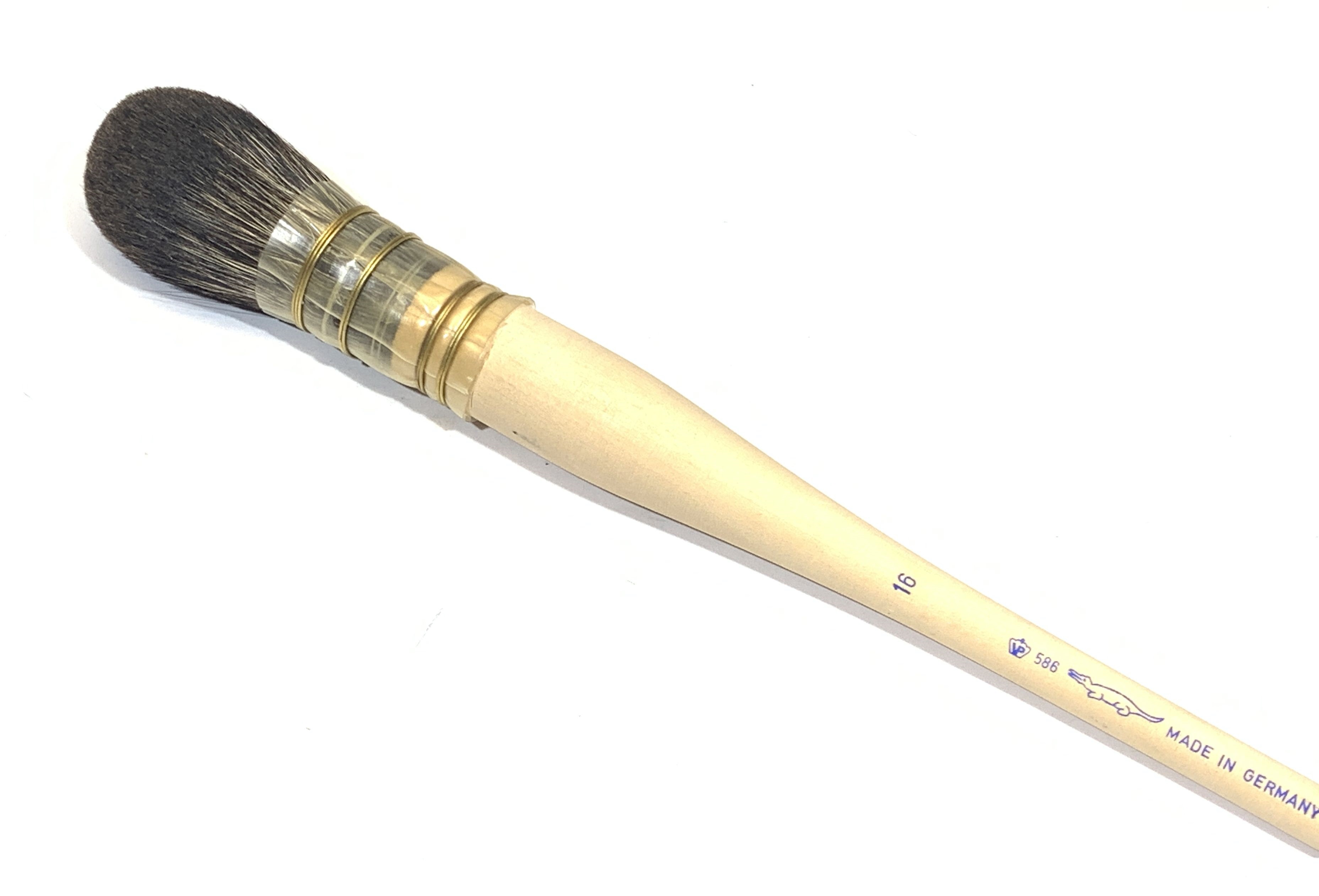 |
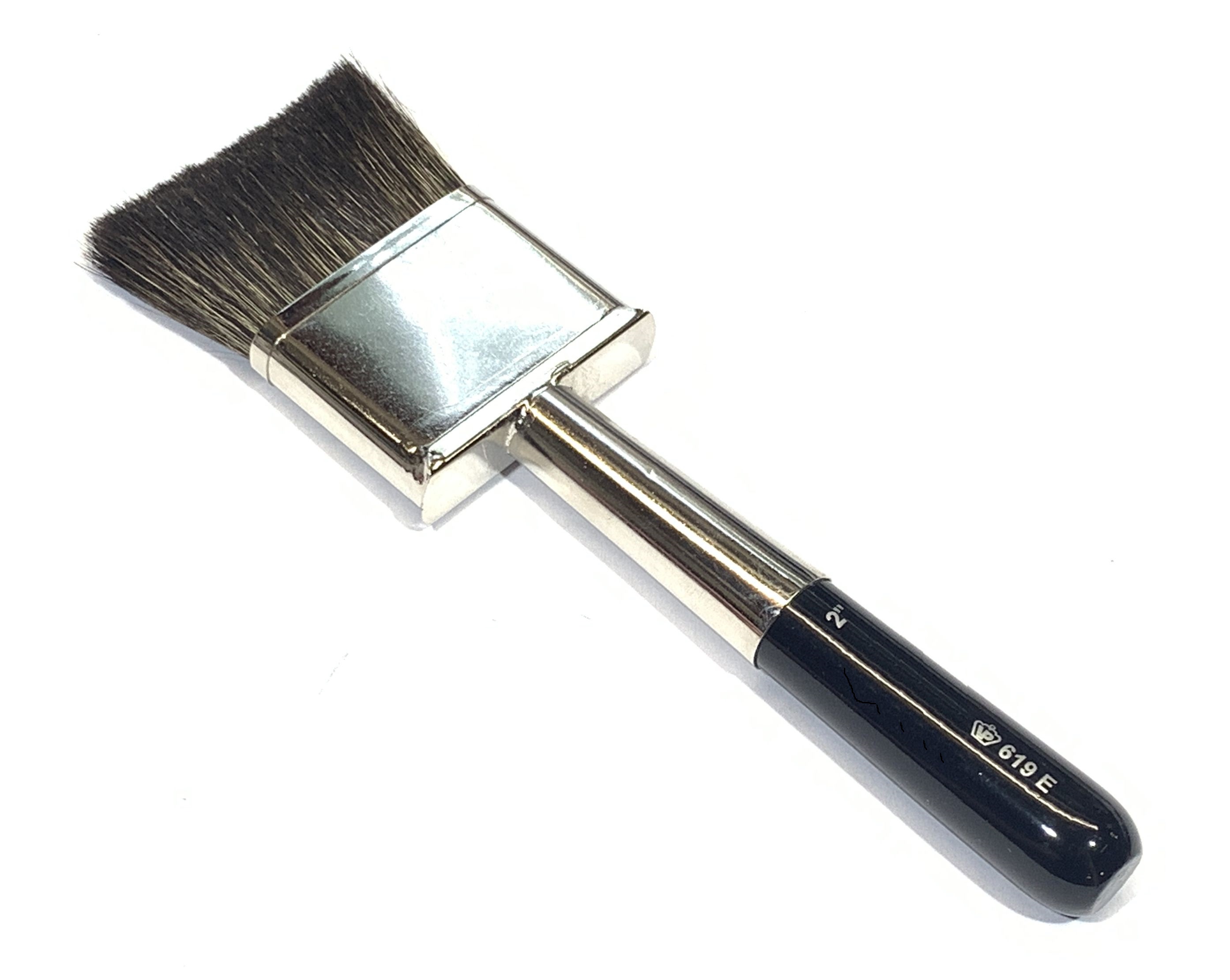 |
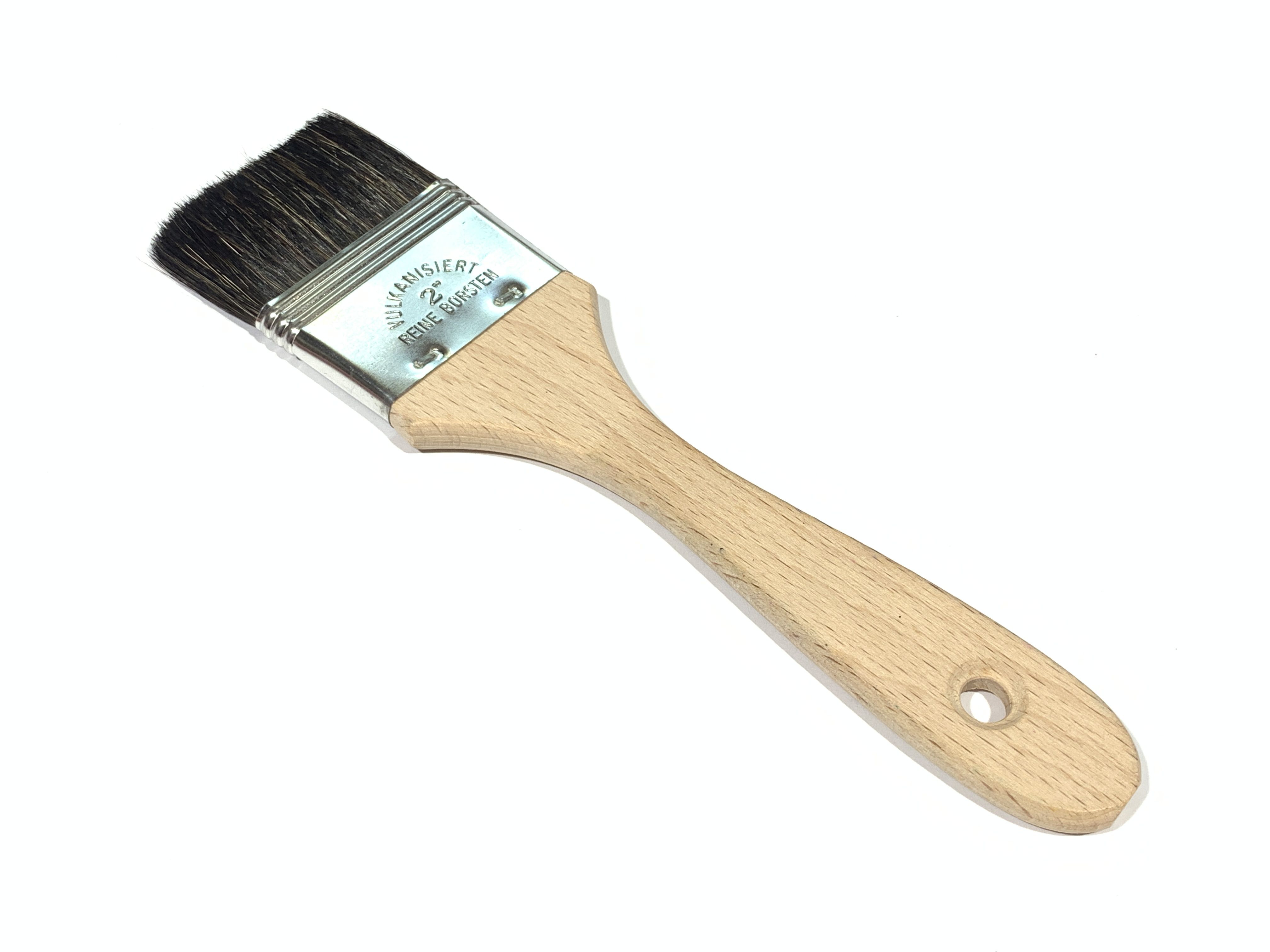 |
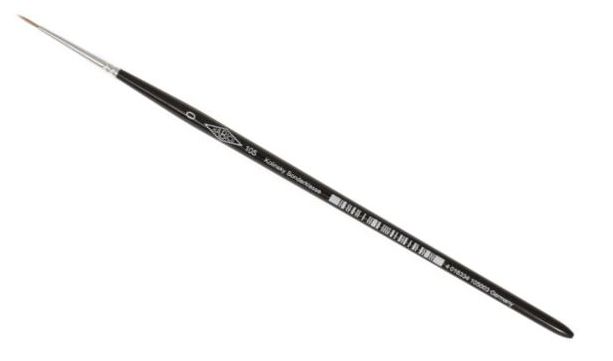 |
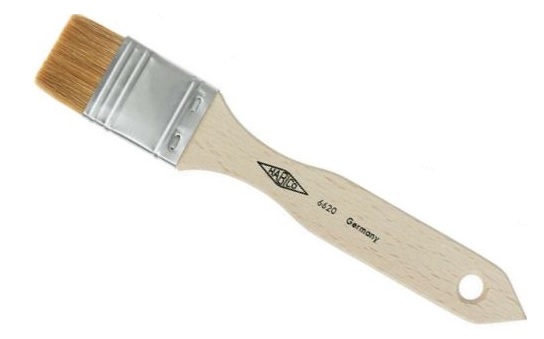 |
| Mops - 3 variants |
Skunk Blenders | Goat Bonnie Mottlers |
Sable Fine Point | Sable Broad |
Why Are These Brushes Different?
French polishers have a unique technique when using fine animal hair brushes. They usually 'break them in' and thereafter never clean them in the accepted sense of the word. This is important because inexperienced non-owners of these expensive brushes may assume the dried out, polish charged brush they encounter is useless and throw it in the bin!
Shellac is one of very few finishing resins which can be reconstituted more or less indefinitely. This means a French polished item can often be rejuvenated with fresh polish many years after an initial polishing.
A notable exception is polish made up with a cross linking hardening additive. Such polish has all the attributes of regular polish however it is NOT re-constitutable and brushes used must be cleaned conventionally after use
Please carefully read the Preparation & Care instructions below. Because of this attribute we can not offer warranty for these products.
Brush Construction
The essential difference is that the hairs in most of these brushes are not embedded - often termed vulcanised - where a rubberised bog seats the hairs. The brushes are hand made and may unravel if correct preparation & use procedures are not taken note of.
Note that the Goat Bonnie small scale Mottlers are vulcanised however to get maximum working life these also are best treated the same as the un-vulcanised brushes.
Brush Use Procedure
Shellac is one of very few finishing resins which can be reconstituted more or less indefinitely. This means a french polished item can often be rejuvenated with fresh polish. When ready to work simply take the pointed brush and either dip in metho or a new polish mix and work as usual.
Hair Types
We supply brushes made from six hair types in descending order of toughness and resilience;
- BADGER - the toughest hair suited to surfaces which are not completely flat
- PONY/GOAT - similar to badger but a little softer
- SKUNK - middle of the range
- GOAT/BONNIE - middle of the range
- SQUIRREL - the softest hair suited to totally smooth surfaces
- SABLE - much the same as squirrel
ROUND STYLES (MOPS)
(Note: Mops are designated by sizes which do not correlate. Refer to the table for size equivalence).
| PONY/GOAT | SKUNK | SQUIRREL |
| 5 | ||
| 5 | 6 | 5 |
| 6 | 7 | 6 |
| 7 | 8 | 7 |
| 8 | 10 | 8 |
| 9 | 9 | |
| 10 | 12 | 10 |
| 14 | 11 | |
| 11 | 16 | 12 |
| 12 | 14 | |
| 14 | 16 | |
| 16 |
Approximate dimensions of Skunk Hair mops. Note these brushes are hand made so variations must be expected.
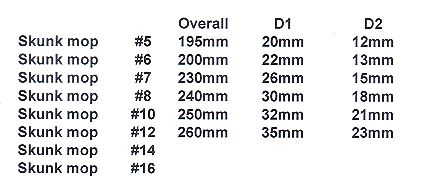
|
|
FLAT BRUSHES (BLENDERS & MOTTLERS)
The Badger Blender Brushes have a nap that is one third longer than any Varnish Brush of the same width. The volume or thickness of hair is also more in the Badger Brushes.
The thickness, or volume of hair on the Goat Bonnie Monier (Mottler) is about 25% of the Skunk Varnish Brush. It is a very thin, relatively cheap brush that offers an entry level finishing brush of high quality.
| BADGER BLENDER | 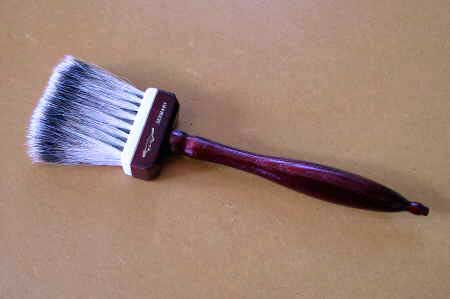 |
2" | 2 1/2" | 3" | 3 1/2" | 4" | 4 1/2" | 5" | 6" | |||
| SKUNK VARNISH |  |
1" | 1 1/2" | 2" | 2 1/2" | 3" | ||||||
| GOAT BONNIE |  |
13mm | 25mm | 38mm | 50mm | |||||||
| SABLE FINE |  |
0.8 | 1.0 | 1.6 | 1.8 | 2.0 | ||||||
| SABLE VARNISH |  |
30mm | 50mm | |||||||||
| SABLE OIL |  |
30mm | 50mm |
Approx Conversions
| 1" | 25mm |
| 1-1/2" | 38mm |
| 2" | 50mm |
| 2-1/2" | 63mm |
| 3" | 75mm |
| 3-1/2" | 89mm |
| 4" | 100mm |
| 4-1/2" | 112mm |
| 5" | 130mm |
| 6" | 150mm |
====================================================================================================
FRENCH POLISHING BRUSH PREPARATION AND CARE - Reviewed January 2021 - Brush Care 03_11.lwp
Brushes used in the French Polishing trade differ from most others in several ways but the most important is that they are not vulcanised. The hair fibres are not set with a bog material in the ferrule so they will unravel if the following procedures are not adhered to. Our brushes are supplied with a copy of these Preparation & Care Notes..
SETTING
Always set the brush before initial use, and point the brush between each use.
Setting is achieved in an ordinary Shellac/metho solution (1 x weight of shellac to 4 by liquid volume of spirits e.g.250 gms to a litre) by immersing the brush, and letting it stand for a while with the liquid up to the top of the ferrule, allowing the shellac solution to penetrate up into the ferrule. To dry, take the brush out and up end it so that the nap (exposed hair) is pointing upwards. This allows the French Polish caught between the hairs to drain down into the ferrule of the brush and then harden. After the brush is set, the nap (exposed hair only) is rinsed in metho until the hairs are soft and clean. The effect is to minimize moulting hair. Setting is done once, but pointing is done after each and every use.
POINTING
Pointing is achieved by dipping the brush into a weak French Polish solution (never use hard setting varnishes) and then using your fingers shape the hairs into their original form. The brush can then be hung with the hair pointing down, or be placed on the edge of a bench so that the hair is not touching the bench. Prior to the next use just soak in Metho until the brush is flexible again. Pointing retains the shape of the brush and stops individual hairs curling backwards at the tips on the brush. Any hairs curling backwards should be trimmed.
Metho = Methylated Spirits = Denatured Absolute Alcohol = Spirits = Alcohol
An ordinary Shellac/metho solution = 1 x weight of shellac to 4 by liquid volume of spirits e.g.250 gms to a litre
The above notes DO NOT apply to crosslinking hard shellacs. Treat these as hard setting varnish & clean the hairs outside the ferrule after use


